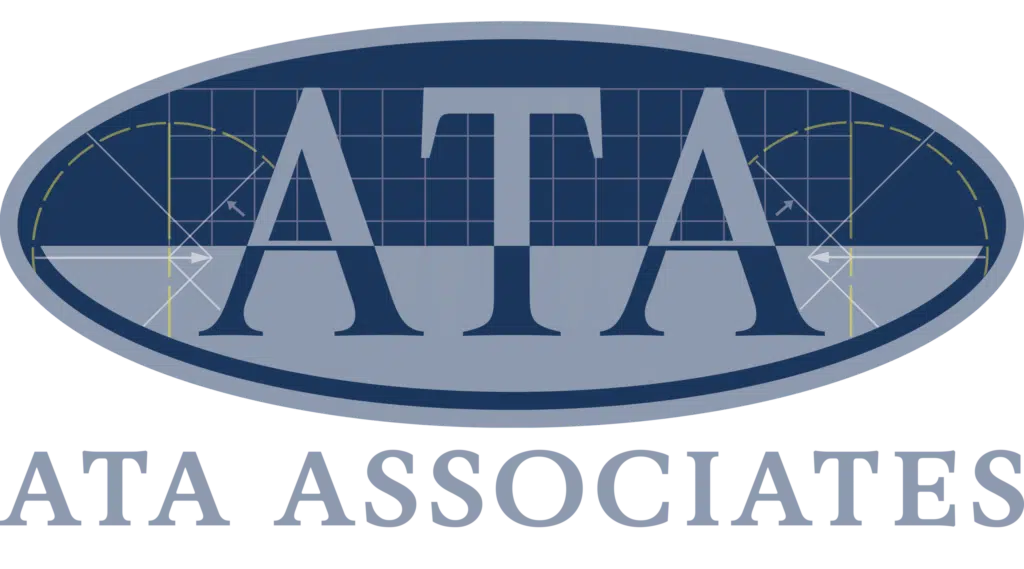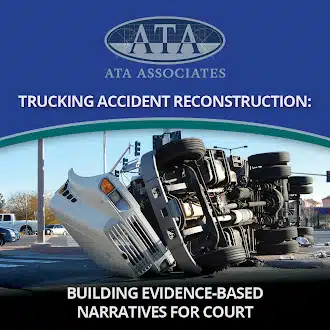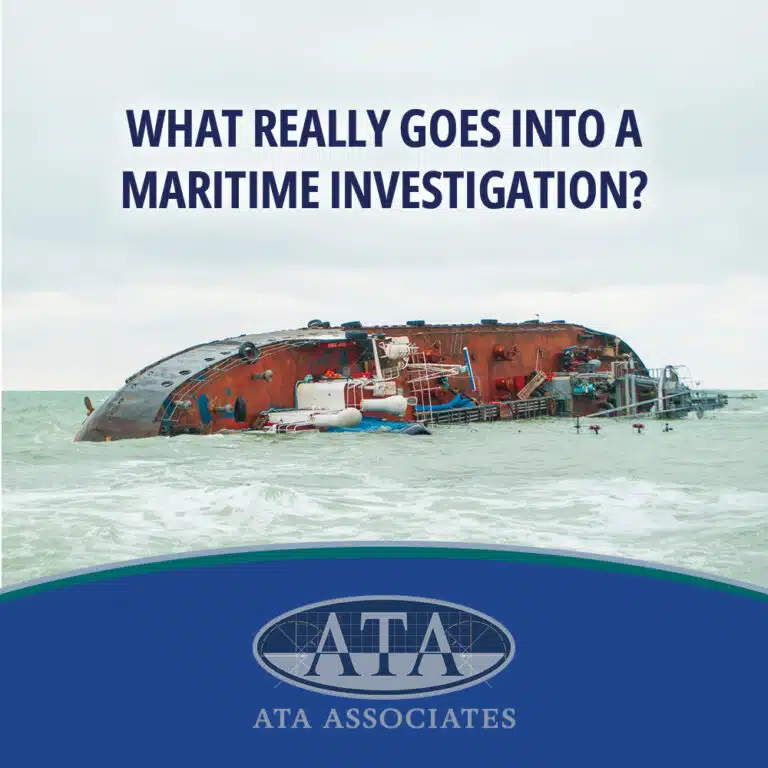The Impact of Distracted Driving: A Human Factors Perspective
Distracted driving is frequently discussed as a potential factor in traffic incidents resulting in injury or fatality. At ATA Associates, we approach these incidents with a focus on human factors—a field of study that examines how people interact with their environment, equipment, and tasks. By analyzing behavioral elements such as perception, distraction, and response, we aim to support those seeking a clearer understanding of an event’s sequence.
What Are Human Factors?
Human factors refer to how individuals receive information, make decisions, and perform actions within various conditions. In incident analysis, these factors may include visibility, attention, fatigue, and cognitive load.
Distracted driving is often used to illustrate human factors in action. When a person’s attention is divided—due to a device, conversation, or other source—it may influence their ability to recognize and respond to environmental cues.
Rather than drawing conclusions, ATA Associates applies investigative tools and methodologies to assess and illustrate potential contributing elements that may have influenced the outcome of a specific event.
Perception vs. Reaction Time
A driver’s performance is sometimes broken down into perception time and reaction time:
- Perception time refers to the time it might take to recognize a potential hazard.
- Reaction time refers to the time it may take to respond after recognizing that hazard.
Research suggests that these intervals can vary widely depending on context, individual differences, and distraction levels. For example, interacting with a phone or screen could potentially delay the recognition of an obstacle or hazard.
When ATA Associates is engaged to support an analysis, we rely on available data—such as event recorders, vehicle positioning, and timing models—to evaluate what may have been visible and when a response might have been feasible.
Examples of Distraction in Real-World Cases
ATA Associates has provided support in various cases where distraction was considered. In one incident, a commercial vehicle was involved in a rear-end collision, and onboard data indicated the operator may have been interacting with a device prior to impact.
In another case involving a pedestrian, investigators reviewed signal timing, vehicle speed, and potential visual obstructions. A phone call was noted in post-incident data, which raised questions about the driver’s cognitive focus.
In both instances, ATA Associates offered analysis that helped parties involved explore the timing and behavioral elements potentially relevant to each case.
Considerations from Recent Statistics
Recent naturalistic driving studies underscore the substantial role distracted driving plays in road safety. According to the Virginia Tech Transportation Institute, driver distraction was involved in 68% of crashes, including a majority of moderate-to-severe incidents. Additionally, the AAA Foundation for Traffic Safety found that distraction was a factor in 58% of moderate-to-severe teen driver crashes—a significantly higher figure than reported by traditional data sources..
These numbers highlight how distraction is frequently underreported in official crash statistics. Though every incident involves unique circumstances, this research emphasizes the relevance of human factors—such as attention, perception, and reaction time—when analyzing or litigating transportation incidents.
Learn More
Human factors analysis can offer context to challenging cases involving behavior, timing, and response. ATA Associates works with legal teams, corporations, and insurers to provide data-driven insights that support informed decision-making.Contact ATA Associates today to learn more about how our experience in human factors and incident analysis may assist in your investigation or legal matter.




